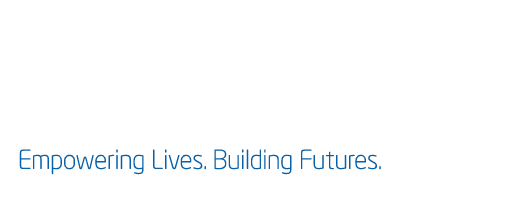Creativity, transparency and collaboration. While you may be halfway to a buzzword Bingo with those three words, what happens when that gets in the way of other worthy workplace goals like privacy and focus?
From someone who has worked in mostly closed spaces (and in Human Resources for most of that), I can appreciate what open floor plans and spaces try to accomplish. Closed floor plans (with emphasis on offices and cubes) can have a very soul crushing effect on employees, especially if the space is older, poorly lit, and in disrepair.
That being said, there are some serious downsides to open floor plans, too. I have to wonder: is there a compromise in here somewhere?
Open floor plans: good and bad
Open floor plans were discussed in a recent piece by The Wall Street Journal. The pros of open floor plans are pretty easy to understand:
Amid a push toward openness in the workplace, more people are working in glass offices or conference rooms. Some 68% of U.S. offices have an “open plan” or “open seating” design, with the desks separated by low or no walls, according to a 2010 survey by the International Facilities Management Association, Houston. The remaining office and conference rooms are often walled in glass.
The benefits are undeniable, employers say—better communication and collaboration, lower real-estate and energy costs, more natural light and expansive outdoor views for all. Many employees say the light and openness improve their mood.”
Who wouldn’t want that? But it comes with a price as it continues:
But somewhere on the road to better collaboration, [Jennifer Appleby’s] office became “this fishbowl,” she says. With floor-to-ceiling glass walls facing outside, “people who drive by will call me from a block away, and see me in my office and make fun of me,” says Ms. Appleby. “They say, ‘I’m calling you and I’m watching you ignore this phone call.’ “
Brutal. You want openness and collaboration without feeling like you’re putting on a performance for everyone. Sometimes you do just need to buckle down and get some work done. Sometimes you need the privacy (in HR, I couldn’t imagine having some of the meetings I had in an office with glass walls).
Closed floor plans can be just as bad
And while it may seem like I have a bias for closed floor plans, lots of offices and high cubicles, please know there is nothing further from the truth.
Such an environment is filled with flaws too, from making people feel isolated to making them feel like a cog in a machine. They can feel like digital sweatshops and make collaboration much more difficult.
While the ability to focus, put your head down, and get work done without distraction was great, there were only a few projects a person could ever do like that. Many times, people were looking for conference rooms or open spaces to get together, especially on big projects.
One particular one I could remember occupied a conference room for eight months. While that was better than the alternative (no collaboration, no work in between formal meetings), it still took one of our few collaborative spaces out of commission for all that time.
A compromise: the hybrid model
There seems to be a better solution than either one on it’s own: a hybrid.
I interviewed at a company in Portland that used this model. It had a few dedicated offices to key personnel, but it was mostly divided into two areas.
One had an open model where there were no cubes and a variety of desks, chairs and phones were available. Employees would grab a place, login to a phone if necessary, and plug into the network. Personal files and effects were kept in a central storage system, but it seemed like many of their files were electronic.
The other area had a closed floor plan with cubes, sound absorbing panels, great lighting and the like. You walked in there and it sounded like a library, even though people were clearly having phone conversations and working diligently. They also had a variety of glass walled and regular conference rooms available for meetings, both sensitive or not.
I won’t pretend to know that it is the best overall model, but the hybrid was the best model I had seen and it made sense. It also seemed like it would help a person break out of a routine that going to the same desk, sitting next to the same people, and doing the same stuff in the same place can get you into.
There isn’t necessarily a right choice here either. For some companies, this might not work. It might be too open, too closed or just not compatible with the work being done.
But the bigger point is simple: keep thinking about ways you can help your employees be better at their jobs (and minimize some of the side effects of any change).
